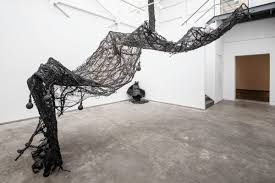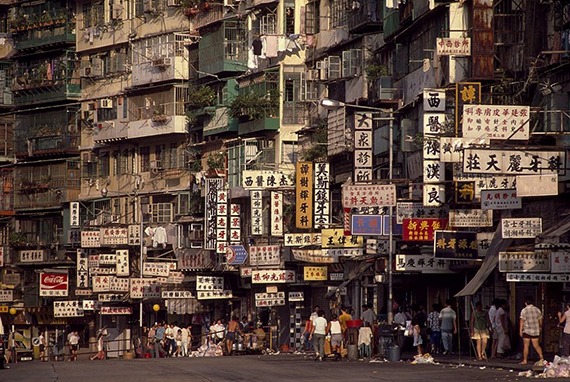
Menu

The NFT (non-fungible token) art scene has evolved significantly since its explosive rise in the early 2020s. While early hype was driven by record-breaking sales and speculation, the NFT space in 2025 is maturing. Today, artists are shifting focus from quick profits to meaningful storytelling and sustainable creation, redefining what NFT art can be.
One major change is a deeper commitment to narrative. Artists are using NFTs to tell rich, serialized stories—through visual art, audio, and interactive media. Instead of standalone images, many NFT projects now unfold like digital novels or immersive experiences, where collectors become part of the narrative world. This deeper engagement builds loyal communities and gives the artwork lasting emotional value.
Sustainability has also become a critical concern. Early criticism of NFTs centered around their environmental impact, especially from energy-intensive blockchains. In response, many artists and platforms have moved to eco-friendly blockchains like Tezos, Polygon, and Ethereum 2.0, which use proof-of-stake protocols to dramatically reduce energy consumption. Green minting practices are now a badge of honor for environmentally conscious creators.
Moreover, NFTs are enabling new economic models. Artists can receive royalties on secondary sales, ensuring ongoing income. Some use their NFT collections to fund social projects, conservation efforts, or collaborative art communities. The technology is evolving from a speculative tool into a vehicle for creative freedom and social impact.
In 2025, NFT art isn’t about hype—it’s about heart. The emphasis is on building lasting digital legacies, telling human stories, and protecting the planet while doing so.



